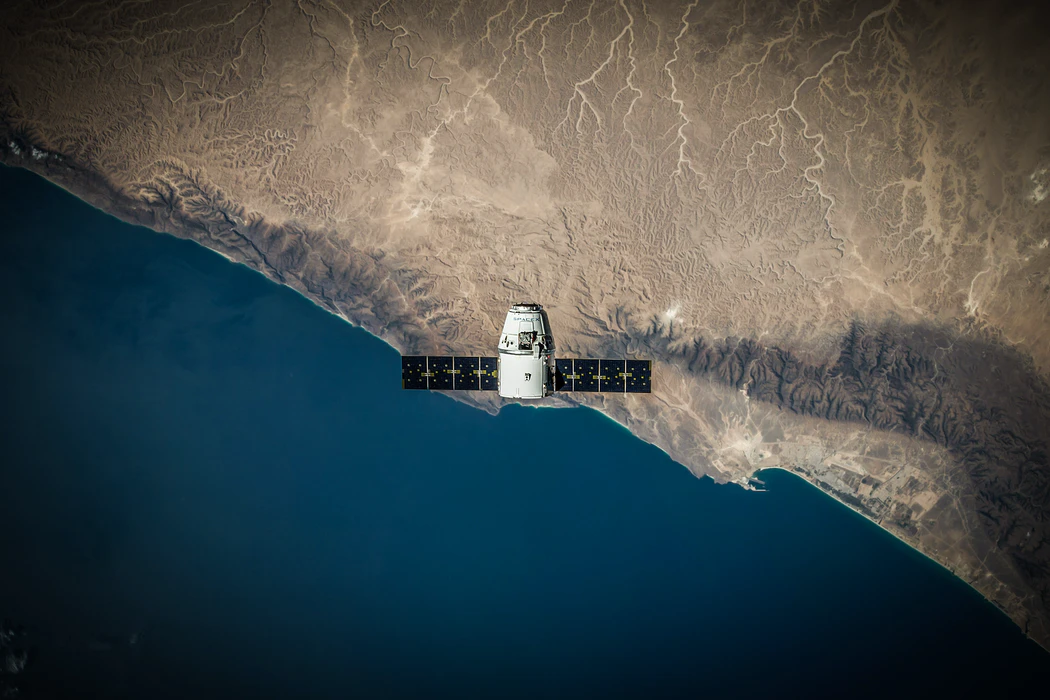 EMERGING TECH
EMERGING TECH
 EMERGING TECH
EMERGING TECH
 EMERGING TECH
EMERGING TECH
SpaceX Corp. has received regulatory approval to make Starlink, its satellite-powered internet service, available in moving vehicles.
The approval was granted on Thursday by the U.S. Federal Communications Commission. The FCC will allow SpaceX to provide internet services to multiple types of moving vehicles including cars, trucks, boats and aircraft.
Starlink is a constellation of internet satellites that SpaceX started deploying in 2019. The company has launched about 4,000 satellites to date and eventually plans to increase that number to more than 10,000. The plan is to use Starlink to provide internet connectivity in areas not adequately supported by terrestrial networking infrastructure.
Last year, SpaceX Chief Executive Officer Elon Musk stated that the company could invest as much as $30 billion in Starlink. SpaceX plans to realize a return on its investment by providing Starlink-powered broadband internet services to consumers and businesses. More than 400,000 users have already signed up so far, according to the company.
The FCC’s move to approve the use of Starlink internet connections in moving vehicles opens new avenues for SpaceX to monetize the satellite constellation. Ahead of the FCC’s decision, SpaceX reportedly inked agreements with Hawaiian Airlines and air carrier JSX to provide Wi-Fi in passenger planes. The newly issued regulatory authorization will also enable SpaceX to make Starlink available for many other types of customers.
Customers connect to Starlink with a SpaceX-developed antenna known as a user terminal. The FCC issued this week’s authorization following a request from SpaceX last year to let customers use the terminals in moving vehicles. The FCC also granted a similar request submitted by Kepler Communications Inc., a Toronto-based satellite internet startup.
SpaceX customers’ user terminals connect to Starlink via a part of the radio spectrum known as the 12-gigahertz band. Satellite TV provider Dish Network Corp., which uses the 12-gigahertz band to power some of its services, petitioned the FTC to block SpaceX from using the same frequency range. The FCC rejected Dish’s request as part of its decision this week on the use of Starlink in moving vehicles.
“Authorizing a new class of terminals for SpaceX’s satellite system will expand the range of broadband capabilities to meet the growing user demands that now require connectivity while on the move, whether driving an RV across the country, moving a freighter from Europe to a U.S. port, or while on a domestic or international flight,” FCC international bureau chief Tom Sullivan wrote in the authorization.
SpaceX’s Starlink faces growing competition in the market for satellite-based broadband services. Amazon.com Inc. has announced plans to invest more than $10 billion in its Project Kuiper initiative, which aims to deploy a constellation of 3,236 internet satellites. U.K.-based OneWeb is also building a satellite constellation focused on providing internet connectivity.
Support our mission to keep content open and free by engaging with theCUBE community. Join theCUBE’s Alumni Trust Network, where technology leaders connect, share intelligence and create opportunities.
Founded by tech visionaries John Furrier and Dave Vellante, SiliconANGLE Media has built a dynamic ecosystem of industry-leading digital media brands that reach 15+ million elite tech professionals. Our new proprietary theCUBE AI Video Cloud is breaking ground in audience interaction, leveraging theCUBEai.com neural network to help technology companies make data-driven decisions and stay at the forefront of industry conversations.